Most people probably picture military planes and private jets when they think of fast aircraft. Still, commercial airplanes, such as a Boeing 747, are also capable of extremely high speeds. So, what is the speed of a 747 at takeoff? Let’s find out together in this post, shall we?
In this article:
How Fast Does A Boeing 747 Fly?
As the fastest wide-body airplane in the world, the Boeing 747 can take off at 160 kts (184 mph) and cruise at an astonishing 660 mph (Mach 0.86). Meanwhile, the 747’s setting chosen will determine the approximate speed to land—between 145 and 150 kts (166 and 172 mph).
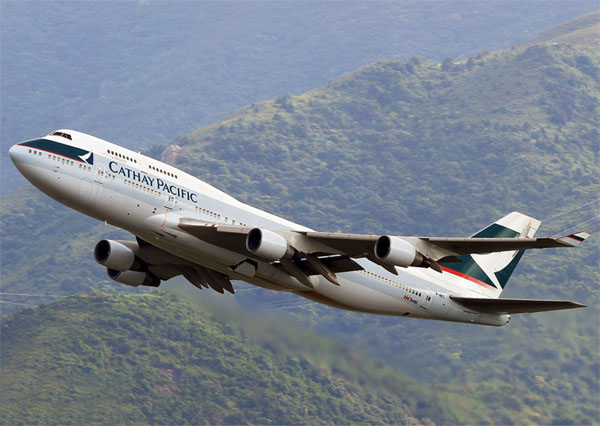
For the optimum flying characteristics, Boeing has optimized the design. Additionally, the fuselage has been modified to provide the commercial aircraft with the best conditions possible for effective flying behavior.
\With contemporary engines, it significantly outperforms several rivals. There is room on the passenger plane for 416 to 660 people.
How Boeing 747 Achieve Its Speed
Engine Model
The reason for the Boeing models’ ability to achieve its cruise speed majorly came from the GEnx engine. It is among the world’s most fuel-efficient, quietest, and cleanest turbofan engines.
This engine is installed on several 747 models, such as the Boeing 747-8 Intercontinental and 747-8 Freighter. Although this component is tuned for the 747-8, its foundation is the 787 Dreamliner engine.
The most recent design and materials are included in the GEnx to enhance performance, lower maintenance costs, and consume less fuel. Additionally, it also guarantees adherence to environmental rules both today and in the future.
Jet Streams
The Boeing 747 utilizes jet streams, a natural occurrence, in addition to its strong engines. The swift, high-altitude air currents known as jet streams move all over the planet. Pilots may harness their energy to increase speed and fuel efficiency by maneuvering these strong air currents wisely.
The Boeing 747 can increase its velocity by using these jet streams because of its capacity to fly at high altitudes. Pilots use meteorological data to meticulously arrange their itineraries so they can air travel on these unseen sky lanes. In addition to cutting down on journey time, this deliberate usage of jet streams increases the Boeing 747’s overall speed and efficiency.
Design
Its aerodynamic design, particularly its wing, makes the 747 quicker than other aircraft. To minimize drag and increase speed, the 747’s huge wings have a 37.5-degree high sweep angle.
In addition to being long and thin, the wing’s high aspect ratio increases lift and lowers fuel consumption. Plus, the wing comes with a supercritical airfoil, decreasing drag at high speeds by delaying the introduction of shock waves and having a downward slope at the trailing edge.
Frequently Asked Questions
Has A 747 Go Supersonic?
No. For example, the 747-100 was tested to nearly breach the sound barrier. Air Force One and other 747s have come close to breaking the sound barrier yet have never managed to do so. Therefore, it’s unlikely that we will ever discover if Evergreen’s 747-100 truly achieved supersonic aircraft flight.
What Is The Lowest Speed That A 747 Can Fly At?
Considering its landing speed, a Boeing 747 typically lands at between 140 and 160 knots. Still, notice that weight, configuration, and meteorological circumstances are some of the variables that determine a Boeing 747’s lowest possible speed.
How Long Can A 747 Fly Without Engines?
It depends on the model and configuration. For example, the Boeing 747-200 can glide up to 150 km (93 miles) at cruising speed and 10,000 m (33,000 ft) altitude in the event of an engine failure. Keep in mind that this only happens if certain parameters are met, such as minimum fuel capacity and minimal payload.
The Bottom Lines
Now you know the cruise, landing, and takeoff speed of a 747. The plane soars through the air at extraordinary speeds thanks to a combination of strong engines, clever utilization of jet streams, and aerodynamic brilliance. This renowned Boeing commercial airplane not only represents the peak of commercial aviation engineering but also enthralls us with its breathtaking speed as it easily travels great distances.

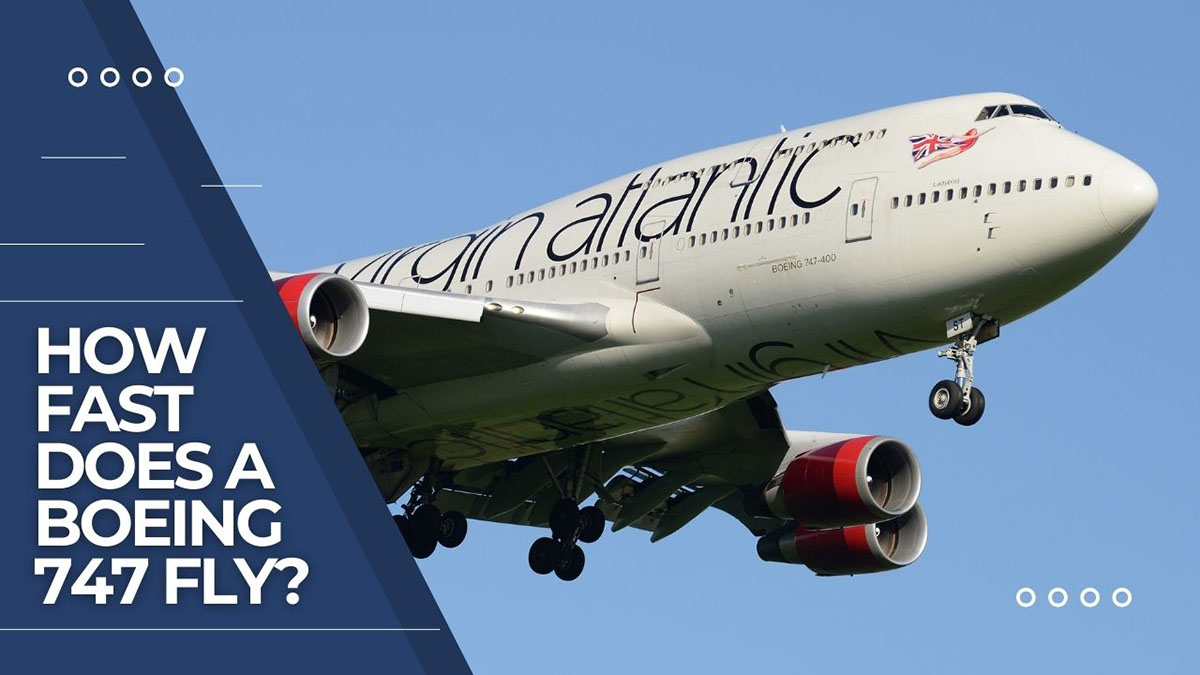

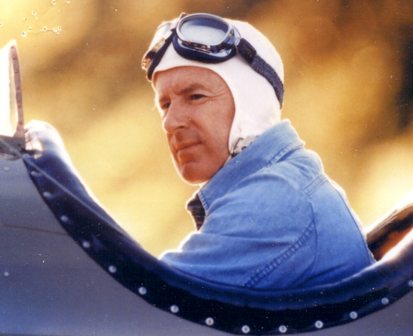
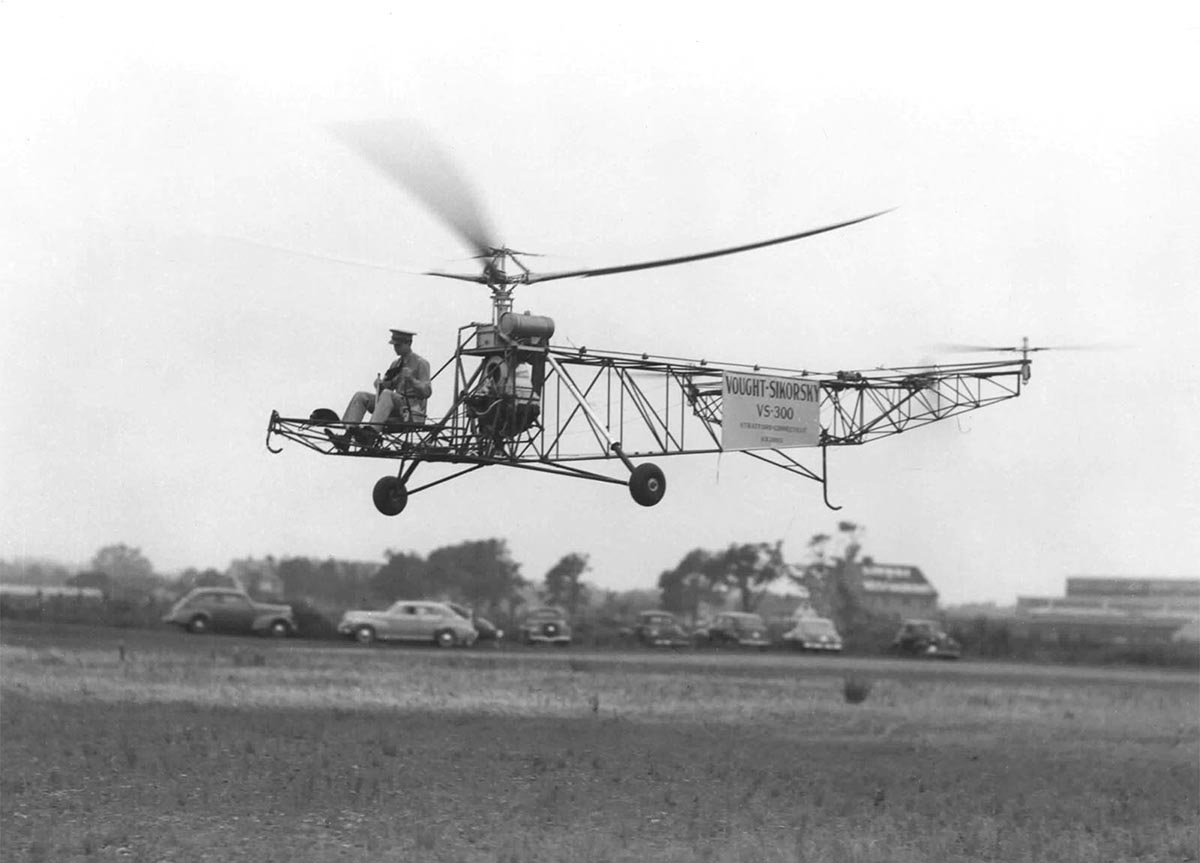
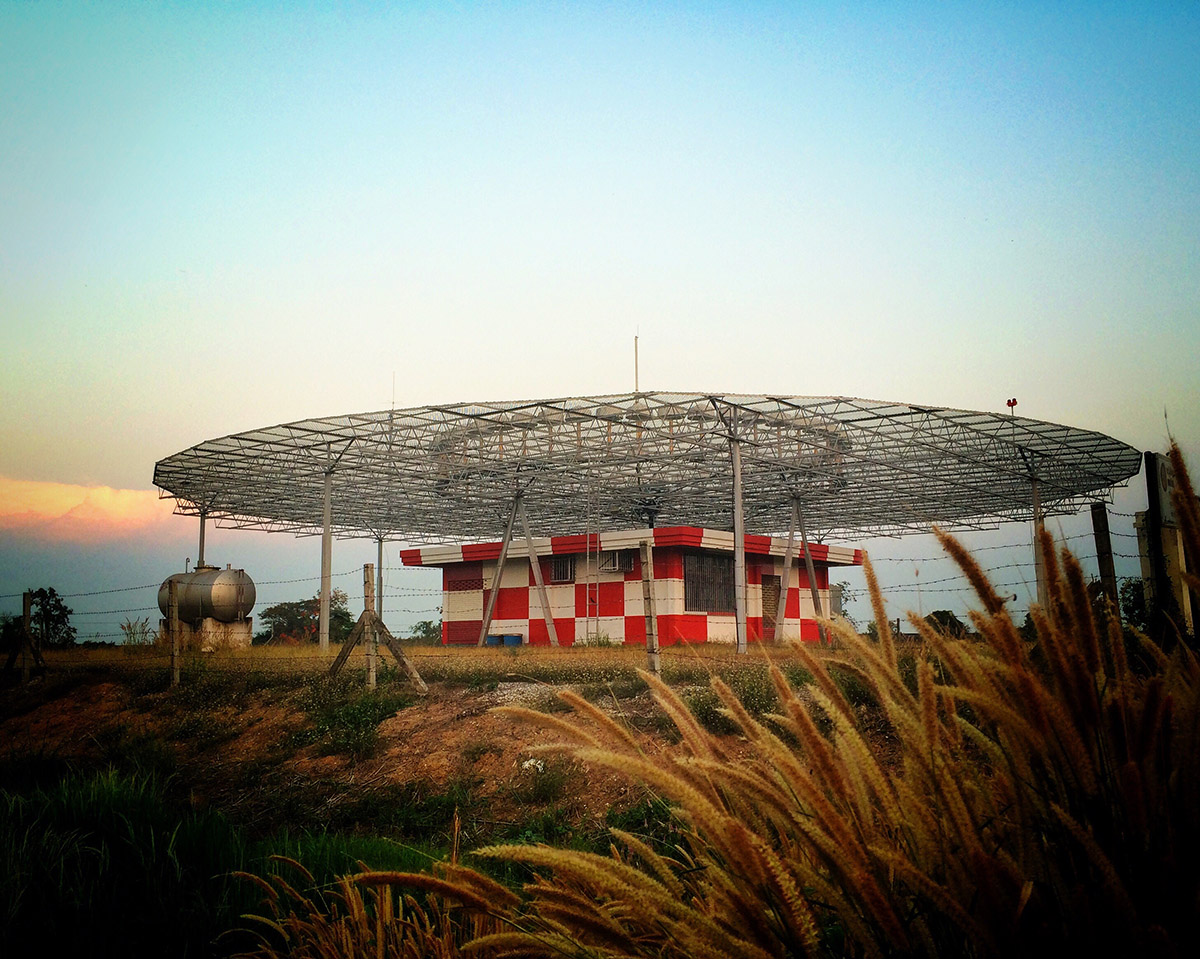
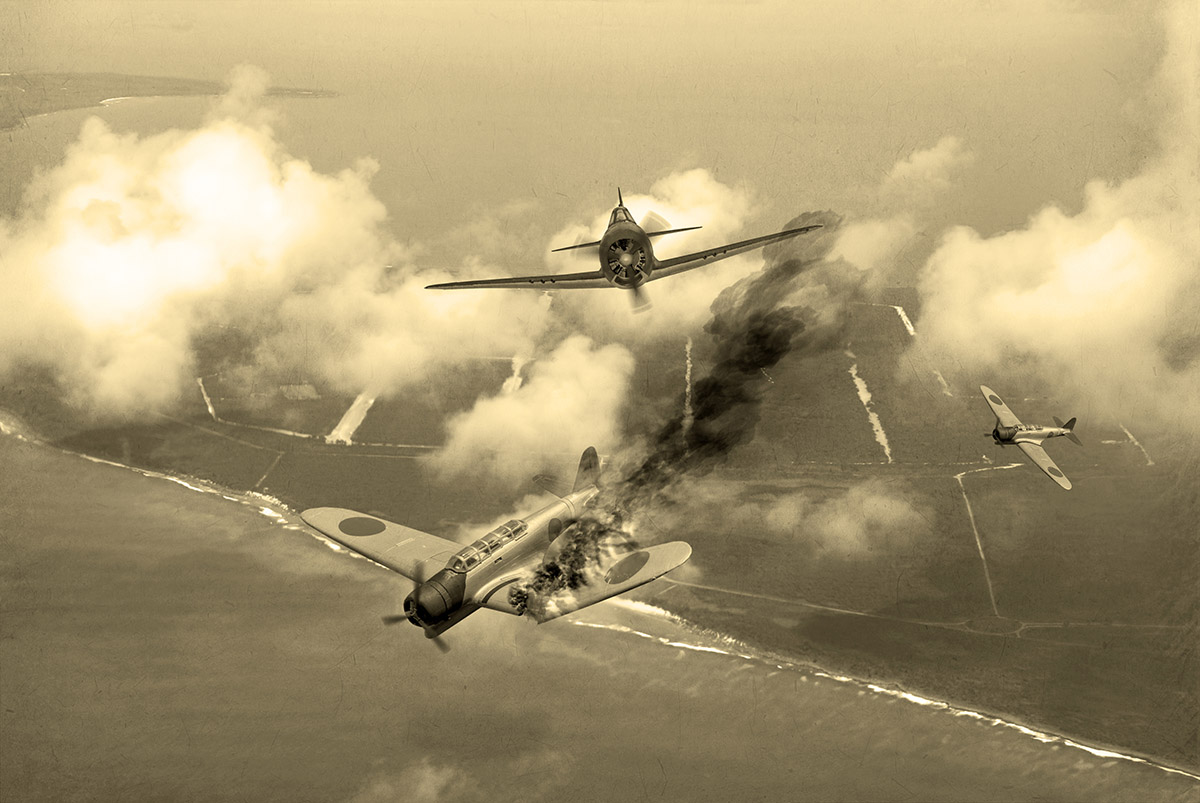
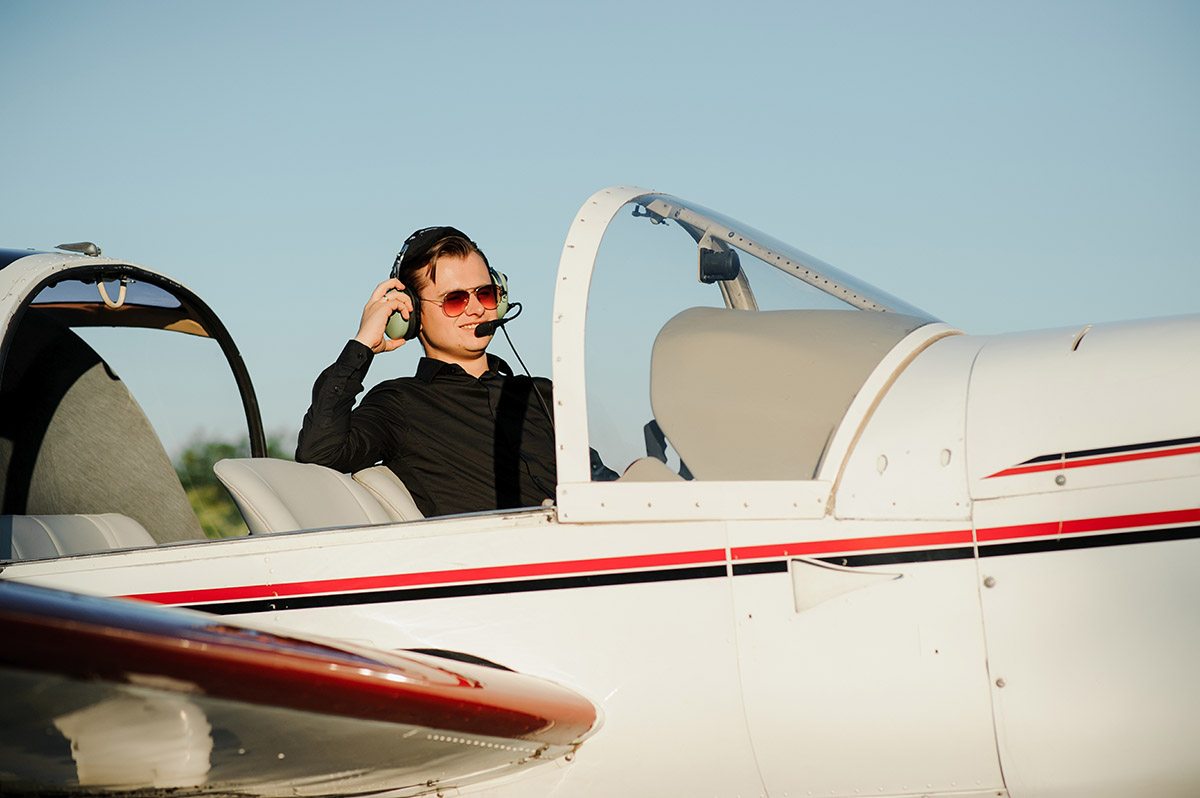
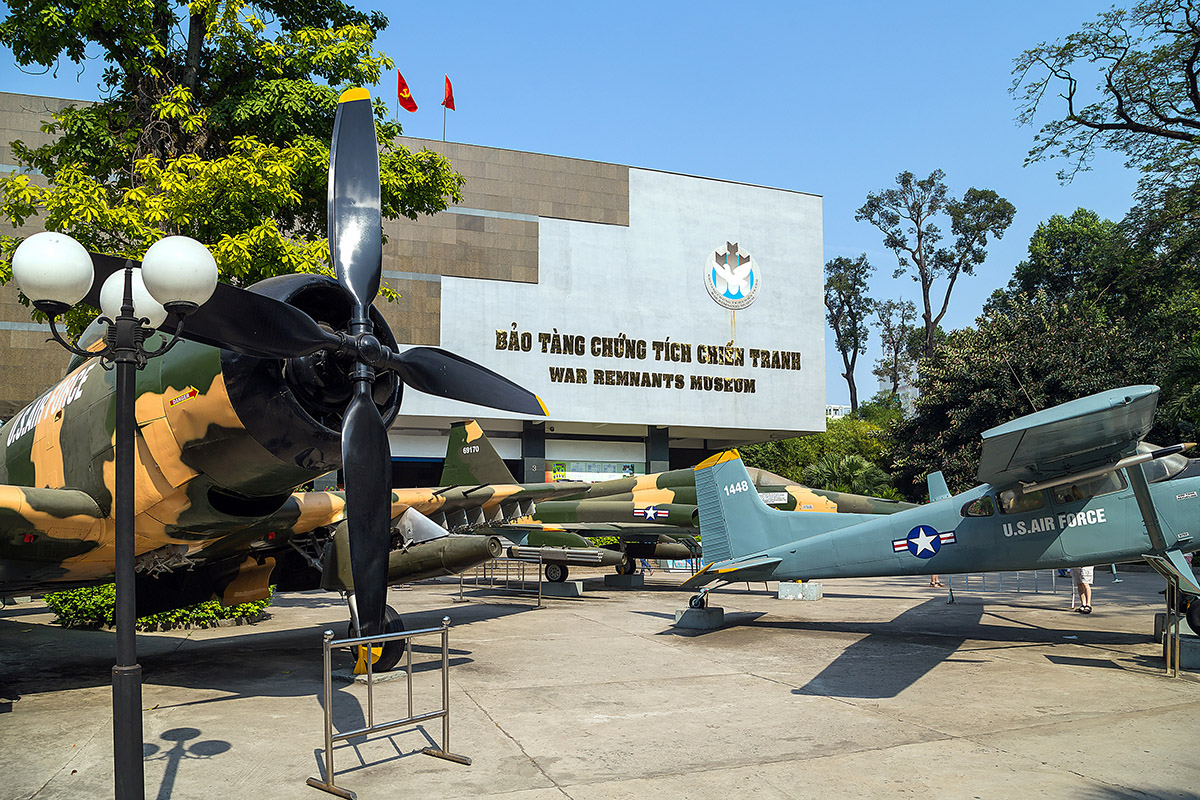
Very helpful information, should have mentioned recent trouble with door plugs ❗